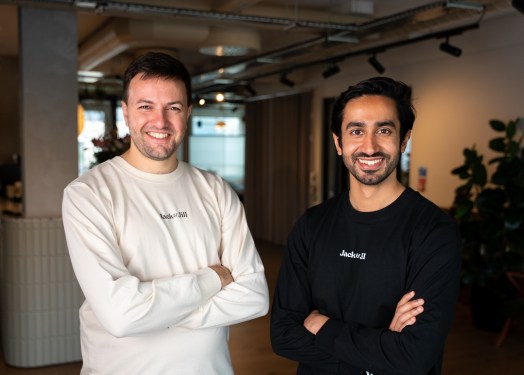Job searching has become a bewildering experience online. Endless job boards and the puzzling rise of fake applicants using AI to apply in large numbers create a confusing environment. Listings are repeatedly posted across different platforms while applications go unanswered, resulting in a spam-like flood of activity from both job seekers and employers.
According to Matt Wilson, a London-based serial entrepreneur, the volume of applications is overwhelming. He states that if you post a job on LinkedIn, you might get one thousand people applying within the first six hours. Some companies do not even review these applicants because the signal-to-noise ratio is very low.
Wilson’s solution is Jack and Jill, a new platform that uses conversational AI to reinvent the recruitment process from the ground up. The company recently announced twenty million dollars in seed funding led by EU investor Creandum. The service is already active in London, where it has gained nearly fifty thousand users. Wilson plans to use the new funding to fuel an expansion into the United States and take the platform to a new level.
Wilson notes that there has not been a major change in how people find jobs since LinkedIn and Indeed appeared twenty years ago. He believes that with AI chatbots changing workplaces globally, now is the time to shake things up.
As the name implies, Jack and Jill is a two-part platform. The Jack side handles the applicant experience. Users undergo a twenty-minute, AI-powered profile interview and then receive a select list of roles pulled from online databases. Jack can also be used for mock interviews and professional coaching. The Jill side works with employers, building a profile for a specific role and elevating candidates that match its requirements. Similar to other professional networks, the goal is for both workers and hiring managers to maintain active presences on their respective apps, allowing the platform to connect them as needed. The service earns a standard commission from any successful hire, and as the platform grows, Wilson hopes it becomes indispensable for everyone involved.
This might sound like a standard recruiting system with some added AI, but Wilson believes conversational chatbots are more crucial than a simple matching algorithm. By building the process around chatbot interviews, he believes he has found a scalable alternative to the endless shuffle of listings and resumes, potentially reinventing the core elements of the modern hiring process.
Using AI systems to conduct first-round interviews is increasingly common in many parts of the world, particularly in China where multinational corporations have used the practice for hiring local roles. While a surprise interview with an AI hiring manager might seem alienating, Wilson hopes that the Jack and Jill approach will result in more intelligence being applied to job placement overall.
Wilson reflects that the way people are matched with companies, and vice versa, is extremely inefficient. He believes there are billions of people who could be in better jobs for them, and that is a mission worth working on.
An earlier version of this piece was published with an erroneous figure in the headline.

